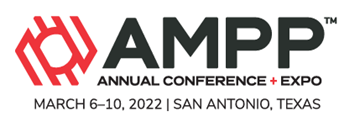Search
Products tagged with 'surface preparation'
View as
Sort by
Display
per page
Atmospheric Plasma Coating Removal For Naval Engineering And Maintenance Applications
Product Number:
51322-18170-SG
Publication Date:
2022
$20.00
Avoiding Problems With Coating Wood: A Review Of Substrate Condition And Preparation, Moisture Issues And Coating Selection
Product Number:
41207-338-SG
Publication Date:
2007
$20.00
Beating the Odds for Successful Concrete Flooring Installations
Product Number:
41216-970-SG
Publication Date:
2016
$20.00
Bridge Maintenance Painting in the Land of 10,000 Lakes MnDOT’s approach to Improving Bridge Maintenance Painting Operations
Product Number:
41215-932-SG
Publication Date:
2015
$20.00
Brooklyn Bridge - Repainting the Most Iconic Structure in the World
Product Number:
41213-797-SG
Publication Date:
2013
$20.00
Can You Use a ZInc Rich Primer When Painting Offshore?
Product Number:
51220-266-SG
Publication Date:
2020
$20.00
Case History: Decorative Yet Functional Floor Coating at the Energy Innovation Center
Product Number:
51216-002-SG
Publication Date:
2016
$20.00
Case Study: A Polyaspartic Coating Made A Commercial Bakery Floor Look Really Sweet
Product Number:
51217-068-SG
Publication Date:
2017
$20.00
Ceveat Emptor! Preparing Cementitious Mortars for Support HighPerformance Lining Systems: Broom Finish or Blasted Surface?
Product Number:
41209-497-SG
Publication Date:
2009
$20.00











